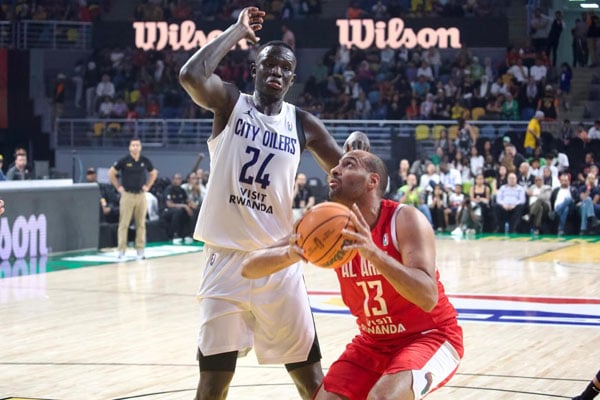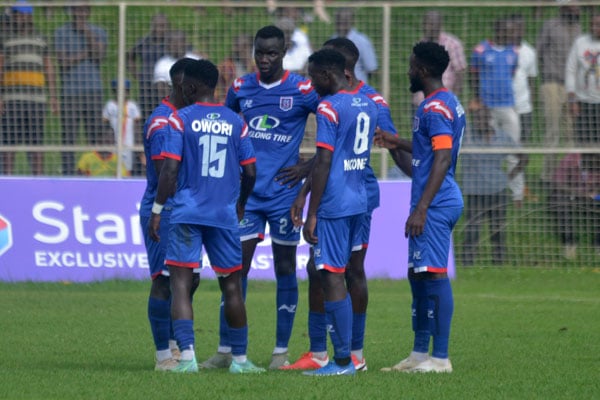Image Rights contracts can be enforced even when not signed

Ivan Ojakol.
What you need to know:
n an outstanding remuneration matter before the Fifa Dispute Resolution Chamber (DRC), a player was employed by a club and entered into an employment contract with them.
I landed on an interesting decision on “image rights” during my routine reading on Sports Law matters. The import of this decision I thought must be shared with the readers of this column and should inform sports stakeholders on how to navigate this sticky area.
In an outstanding remuneration matter before the Fifa Dispute Resolution Chamber (DRC), a player was employed by a club and entered into an employment contract with them. He also negotiated an image rights contract separately which was offered to the club but not countersigned by them. He alleged that the benefits contained in the employment offer were the same as those in the image rights one and thus, the image rights contract was a part of the employment relationship with the club, even if it was not signed by them and therefore binding. He also added that the club had acted in bad faith by not signing the image rights contract.
In reply, the club argued that there was no image rights contract agreed upon or even signed. They justified their not signing the image rights contract because the player had not disclosed his previous medical condition status. The club also contested the jurisdiction of the DRC to handle a matter pertaining to an unsigned contract. The player disputed this "medical condition" stance invoked by the club as their defense by stating that if the club indeed had reservations about his medical condition, it would not have signed him in the first place.
From Fifa and Cas jurisprudence over the years, there seems to be a common position that image rights contracts should not be handled by sports tribunals because they are more of Intellectual Property issues that can be competently handled by national courts. However, in this particular case, the Fifa DRC Single Judge determined that in a situation as this one, where "specific elements of the alleged image rights agreement suggest that it was in fact meant to be part of the actual employment relationship”, the Fifa DRC has jurisdiction. The image rights contract in this case had stipulations on things like bonuses and accommodation, for example, provisions that are typically in employment contracts.
Even though the employment contract as is traditionally stated in such contracts stated that the contract constituted the entire agreement between the parties and superseded any other agreement concluded between them, there had been an earlier employment offer that spelled out that the image rights deal would be a part of the employment relationship. Further, the DRC found that the amounts in the employment contract and those in the image rights contract were the same.
Finally, taking into account all the circumstances and all the facts surrounding the player and club's dealings, in as much as it is trite that for a contract to be valid and binding, the signature of the parties is paramount, the DRC concluded that it is not the sole requirement. A comprehensive analysis and understanding of all the facts surrounding the parties’ relationship should take the day. So, the image rights agreement was binding on the club.
There are major takeaways from this case. Sports tribunals can adjudicate image rights matters in cases where they can be construed as more or less an extension of the employment contract. The entire employment relationship and facts surrounding it will come in handy when determining whether the parties are bound by image rights contracts even where they are not signed. The parties, especially clubs, must be careful in the negotiation and drafting of employment offers-cum-contracts, otherwise, they risk shooting themselves in the proverbial foot.
The author is a Sports Lawyer,
Partner at Matrix Advocates and Lecturer




